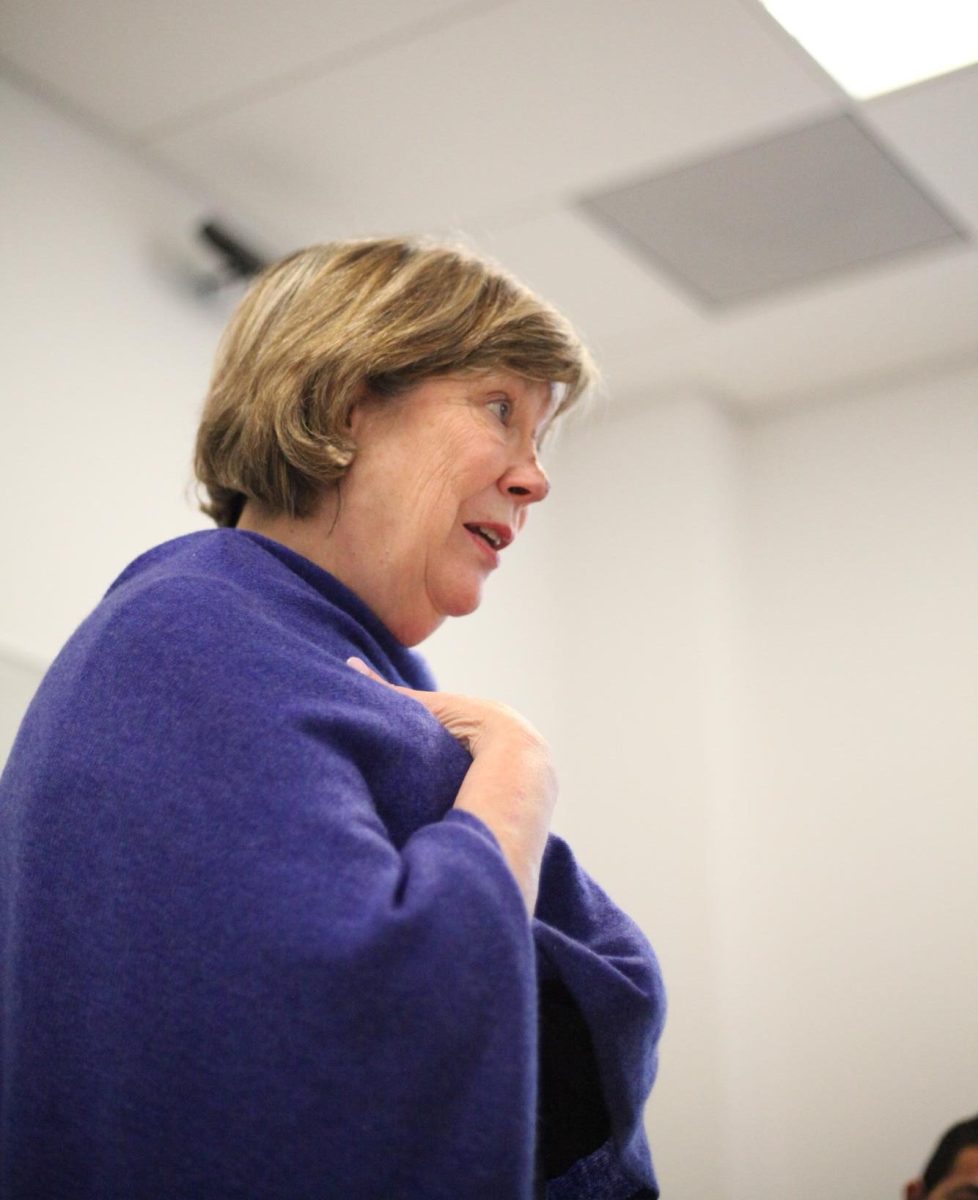California has just passed a bill that will require the state to get its energy solely from renewable resources. This means state operations will produce zero emissions by 2045. This futuristic goal is ambitious, but it sets the right tone. In a nation where emission regulations are regularly being thrown out, the onus is on California, with the largest state economy, to provide an example for the rest of the country to combat climate change.
The Trump administration is now trying to repeal restrictions for burning methane. The Environmental Protection Agency is reducing requirements for companies to monitor and repair methane leaks, while the Interior Department is preparing to repeal a restriction on burning methane during during drilling operations.
These rule changes aren’t the first from this administration that attack common sense rules for limiting pollution. There has been a routine effort to roll back climate protections since Donald Trump took office. His administration has launched a major campaign against against any regulation that is supposed to help the environment.
California has been on the opposite end of the spectrum. The state is setting determined goals to further the fight against climate change. 50 percent of the state’s energy must be renewable by 2026.
Sonoma State is already well ahead of schedule to obtain this goal. 55 percent of Sonoma State’s power is carbon-free, according to Joyce Lopes, the Vice President for Administration and Finance. Another 25 percent comes from renewable resources that qualify under this new state law. This means Sonoma State gets 80 percent of its energy from renewable resources, well above the state’s upcoming required threshold.
Although getting this much energy from renewable resources is commendable, there is always more the university could do.
When we were looking for good displays of renewable energy on campus, we found that there is no good displays of the university creating energy on campus. The best example was a couple of solar panel powered lights in the parking lot.
Sonoma State can do better. There is plenty of open space for solar panels to be installed. The university opts to buy its energy instead of creating its own. There are no solar panels on the roofs of any building, from what can be seen on a satellite view.
Our campus sits in the heartland of innovation. San Francisco is hosting a global climate summit this week which will bring leaders from the energy industry, the United Nations and California together.
Sustainability needs to remain a key tenet of Sonoma State’s strategy as a university. As an academic institution in a forward-thinking state, leading by example should be the university’s goal.
It is not obvious what Sonoma State is doing within its campus to combat climate change. More efforts could be made. With a budget of over $100 million, the university has the ability to create serious change through where it invests its money.
There is an entire course dedicated to studying climate change offered here; it even gives students General Education credit. While the university is grooming the next generation of climate scientists, it should also be making tangible steps to fight climate change here on campus, today.


































